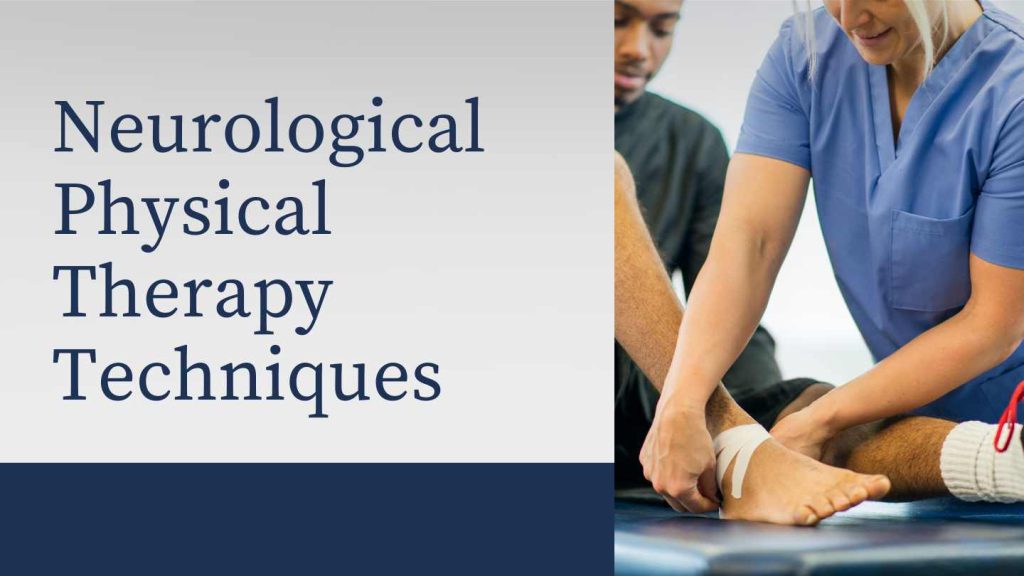- Oak Brook:(630) 705-9999
- Chicago:(312) 920-8822
- Email:inquiry@vervecollege.edu
- Make a Payment
- Home
- Programs
- Admission
- Resources
- ATI Entrance Exam Resources
- New E-Digital Library
- Refer a Friend
- School Newsletter
- Events
- Employers
- Job-Network
- Alpha Beta Kappa Candidates
- Verve College Library
- Graduation and Pinning Ceremony Photo Galleries
- Textbook Information
- Career Services
- Tutoring
- School Catalog
- FAQ
- Constitution Day Program
- Alumni
- Verve College Plans
- Financial Aid
- HEERF Reporting
- Satisfactory Academic Progress
- Apply For Financial Aid
- Net Price Calculator
- Return of Title IV Funds (R2T4)
- Financial Aid Office Code of Conduct
- Contact
- FAQs
- Verification Policy
- Vaccination Policy
- Student Right-to-Know Act
- Misrepresentation
- Information Security Program
- Academic Award Year
- Availability of Employee
- Cost of Attendance
- Health & Safety Exemption Requirement
- Students Rights and Responsibilities
- Leave of Absence
- Pell Formula
- Military Students
- Grants/ Scholarship Policy
- Contact Us
- Login
- Testimonials
- Blog
Is a Nursing Career Right For You?
Take The Free Quiz
5 Neurological Physical Therapy Techniques: Quick LPN Guide
5 Neurological Physical Therapy Techniques: Quick LPN Guide
Over the years, neurological physical therapy in the healthcare field has made significant progress. Neurological rehabilitation uses a wide variety of treatment approaches and techniques from various philosophical backgrounds. The research supporting the different approaches is vastly varied. Some techniques have a lot of evidence, while others have little evidence. This blog examines what is neurological physical therapy.
What is Neurological Physical Therapy (NPT)?
These disorders include a wide range of conditions such as stroke, traumatic brain injuries, spinal cord injury. These disorders include a variety of conditions, including stroke, traumatic spinal cord and neurological injuries, and Parkinson’s disease. Neurological therapy aims to improve patient’s quality of life by helping them regain mobility and independence. Now let’s understand the neurological physical therapy techniques.
Neurological Physical Therapy Techniques
The advancements in neurological physical therapy have redefined possibilities for people with neurological conditions. Here are some advanced neurological physical therapy techniques used in neurological physical therapy that can improve patient experience and outcome.
1.Constraint-Induced Motion Therapy (CIMT)
The CIMT technique is highly effective in promoting the use of a disabled limb. Modern neurological physical therapy techniques require restraining devices to restrain the unaffected arm while training the injured limb intensively through repetition tasks. Many healthcare facilities uses CIMT to promote neuroplasticity. This is the brain’s ability to rewire after an injury. Patients experience significant improvement in motor function by creating a focused environment around the affected limb.
2.Functional Electrical Stimulation
FES is a cutting-edge technique in neuro PT that uses electrical impulses to trigger functional movements. These cutting-edge neuro PT techniques are beneficial for patients who have paralysis or weakness of the muscles. Most of the therapists use FES to activate muscles that may be dormant because of neurological damage. This improves balance and stamina.
3.Virtual Reality (VR), Rehabilitation
Virtual reality has been integrated into neuro-physical therapy, opening new immersive and engaging rehabilitation opportunities. VR technology is use by may healthcare professionals to create interactive settings that require patients to complete tasks and therapeutic exercises. These neuro-PT progressive approaches make therapy more enjoyable and encourage the patient to participate actively in their recovery journey.
4.Robotic-Assisted Therapy
Robotic-assisted therapies use robotic devices to guide patients and support them through specific movements. These devices can be programmed to give precise assistance to patients, allowing them to practice movements that they would otherwise find difficult. This therapies is used by robotic-assisted therapies to deliver consistent and targeted exercises that promote motor learning and improve functional outcomes.
Related:- Patient Care Skills in LPN Classes: A Holistic Approach
5.Mirror Therapy
Mirror therapy is a form of advanced neurological rehabilitation that helps to relieve phantom limb pain and improve motor functions. Mirror therapy uses a mirror to create the illusion that the affected leg is moving in sync. Mirror therapy use to retrain brain’s perceptions of movement, reduce chronic pain, and ultimately helps to regain motor control.
What Are Four Benefits of Physical Therapy?
1.Patient-Centered Approach
Verve College’s hybrid practical nursing program is capable to give the proper understanding of patient-centered Every patient has a unique condition that requires individualized treatment. The rehabilitation process starts with assessing a patient’s capabilities and needs.
2.Collaborative Care
Collaborative care is 2nd benefit of physical therapy. From this we can understands the importance and value of collaboration to achieve optimal outcomes. Neurological physical therapy is often a multidisciplinary process, with doctors, practical nurses who are recently enrolled with Illinois college of nursing accreditation, and other specialists all working together in nursing homes.
3.Measurable Progress
Physical therapy is an invaluable asset in improving overall health for patients. Through structured rehabilitation programs, individuals can measure and track their mobility, muscle strength and physical function progress over time.
4.Neurological Physical Therapy Innovations & Ongoing Research
Neurological physical therapy is at the cutting-edge of innovation. Utilizing cutting-edge technologies and research, it uses neurorehabilitation advances to optimize patient outcomes.
5.Personalized Rehabilitation Plans
The next benefit describes the creating individualized rehabilitation plans for every patient. The manifestations of neurological conditions are diverse, and it is essential to customize physical therapy treatment for each patient.
Want to Make a Career in Nursing? Get More Information About Our Courses!
The Conclusion of the Article is:
The field of neurological physical therapy has advanced significantly. Our ATI nursing school for enhancing critical thinking skills can help you to give the answer of what are four benefits of physical therapy in detail.
 Sign up
Sign up Login
Login




